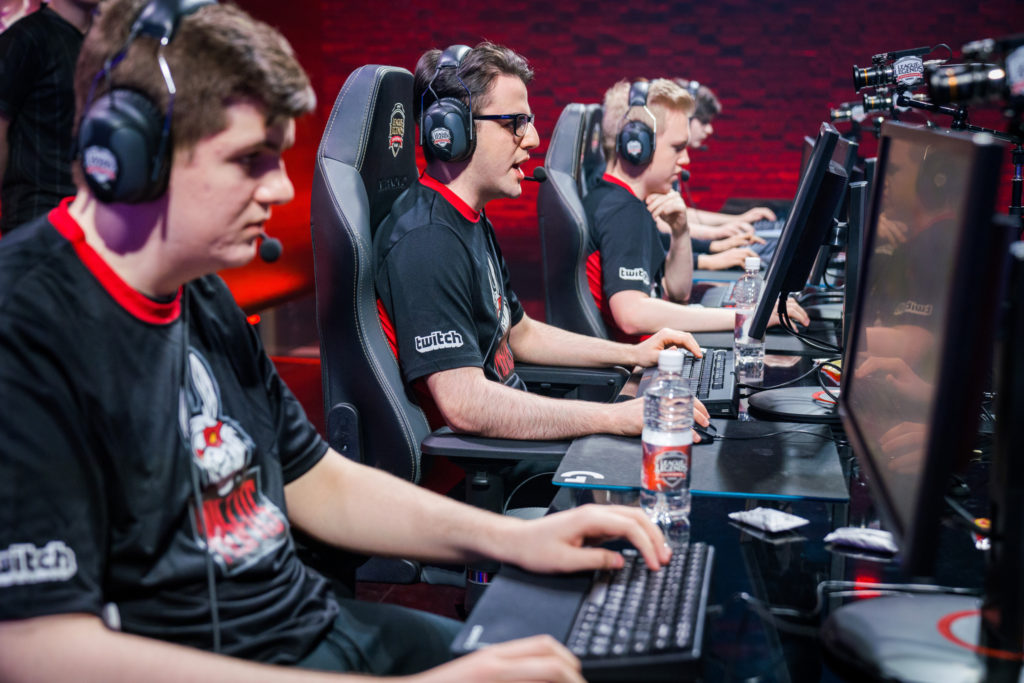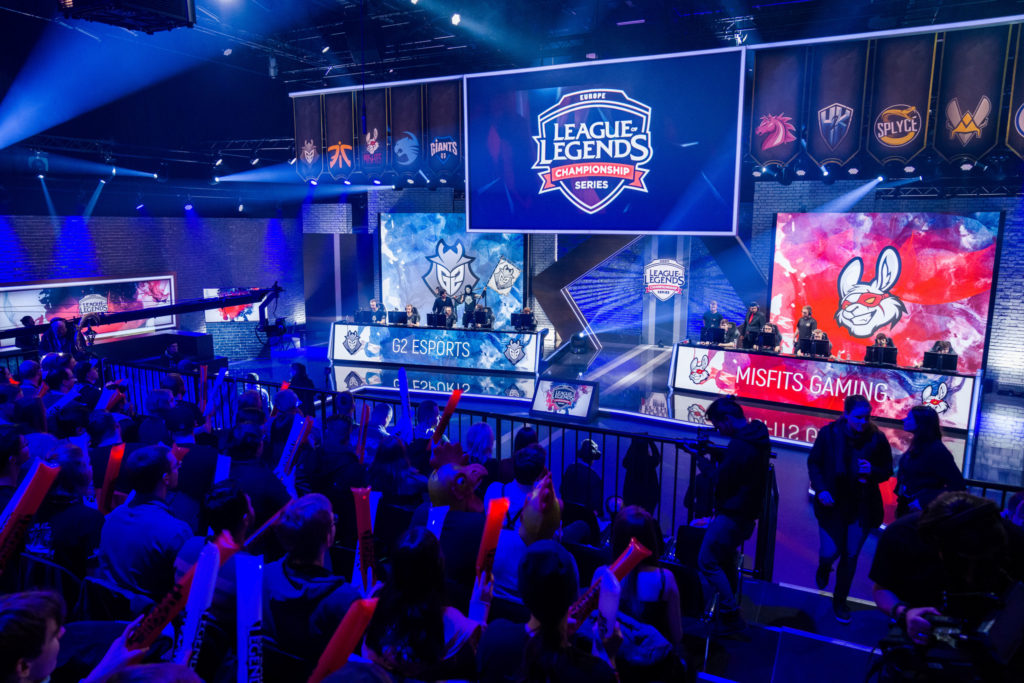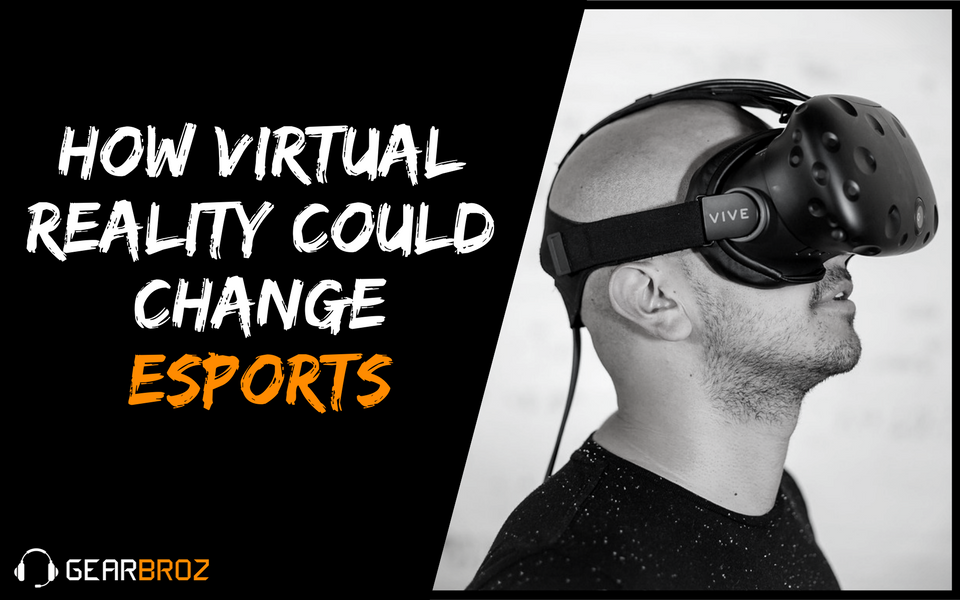Contents
The field of eSports is rapidly growing. What started as a niche competition followed primarily by hardcore gamers has evolved into a multi-billion dollar industry with coverage by mainstream sports networks. With the advent of streaming platforms like Twitch, it’s never been easier to tune in to a competition of your favorite game and chat with fellow fans as you keep an eye on the action. Streaming platforms are just one way in which the world of eSports has rapidly expanded, and there are other promising technologies that may soon revolutionize the industry in a similar way. Virtual Reality has the capability to turn eSports on its head, radically changing the way players play and the audience watches.
The Growth of Virtual Reality
Virtual Reality (VR) gives players the ability to literally immerse themselves in the game. While many VR titles thus far have been more of a proof of concept than a fully-fledged game, it’s clear that the technology for Virtual Reality is already quite developed and is already capable of allowing users to escape the real world and spend time with their attention fully enraptured by their new virtual experience. At this current point, the adoption of Virtual Reality is not very widespread, due largely to the lack of great titles and the expense involved in securing a quality Virtual Reality headset. The lack of titles and low adoption feed off one another, with little incentive for developers to make VR games and no reason for gamers to buy a VR headset with the dearth of content. There’s no denying, however, that Virtual Reality is the future of gaming.
When discussing the future of gaming, it’s impossible to ignore the implications that Virtual Reality will have on professionals in the field. Will VR fundamentally change the way that eSports gamers and fans experience the game? The situation is a little more nuanced than a simple yes or no answer.

Virtual Reality and the eSports Professional
Current eSports professionals have been training at their game for years. While some have made the jump to different titles, such as former FPS gamers that embraced professional Overwatch play after the launch of the game back in 2016, the controls for gaming have largely remained the same. While there have been some outliers – such as the motion control with the Nintendo Wii – the majority of systems feature a similar control scheme: either a keyboard and mouse or a controller that has some minor differences but has generally the same idea. Using these peripherals and a traditional TV or Monitor is the primary way in which these professionals compete. Virtual Reality is a major new form of technology that will revolutionize the way we play games, but adoption in the eSports industry may be lower – at least at first.
Virtual Reality technology, while already robust and fully-featured, is still in its infancy. Being immersed totally in the game you’re playing has amazing potential, but there are still some problems that come along with translating the tech to professional play.
First of all, the primary way in which most games are controlled is either with a mouse and keyboard or a controller. Relying on turns of the head or physical movement to allow competitors to see the world around them might be an interesting opportunity for a crossover of sorts between traditional athletics and the world of eSports, but with the precision and amazing reaction times needed to be a professional gamer, making the transition to VR may be a rough journey that reduces the skill with which eSports pros are able to execute plays.
What is likely to happen, as Virtual Reality Grows, is that a new generation of eSports players and brand new games crop up and build a thriving competitive scene with professionals who have been practicing on this new technology from the beginning. Making the transition from a pre-existing game in a traditional format to VR in a competitive scene might not be realistic. When you consider the different set of skills and different type of awareness that it takes to be completely immersed in a game and have a 360 degree view of the battlefield, it’s easy to see why the transition to VR isn’t necessarily an easy path.
Virtual Reality and the Fans
Another aspect of eSports worth mentioning is the viewers, and this is an aspect with which Virtual Reality is much more feasible. By wearing a set of VR goggles, viewers could soon get an immersive view of the battlefield while commentary is streamed in around them. While traditional formats force viewers to look at a specific section of the battlefield due to the limitations of the technology, a virtual reality headset could usher in a new type of arena where fans can keep an eye on their favorite player rather than following the commentator’s coverage of specific battles and viewpoints.
In fact, the future is now when it comes to watching eSports via Virtual Reality. Valve, the developer of the wildly successful MOBA DOTA 2, has given fans a brand new way to watch the action of matches rage on in the DOTA VR Theater. While there’s definitely room for improvement when it comes to the implementation of the technology, DOTA 2 has once again led the charge towards innovation in the eSports industry. As the developer of the eSport with the highest prize pool by far (due to the crowdfunded nature of their competitions’ funding) Valve is the company with the resources to commit towards ushering in VR as a dynamic viewing experience for fans around the world. Actually playing DOTA 2, however, would be difficult using VR due to the nature of the game and the need to view the battlefield from an aerial perspective.

The Rise of Virtual Reality eSports
While DOTA 2 may lead the charge when it comes to viewing eSports through Virtual Reality, we expect that some sort of first person shooter will be the first eSport to implement Virtual Reality for players on wide scale. A collaboration between Oculus and Intel has already launched the first VR eSports league, albeit for less popular titles that have yet to gain any traction; whether that competition catches on or fizzles out remains to be seen. It may be too early for a widespread implementation, but one thing is clear: Virtual Reality will certainly play some role in the future of eSports. It may never totally replace the traditional model, but as time goes on we’ll see more and more representation of this exciting technology.


